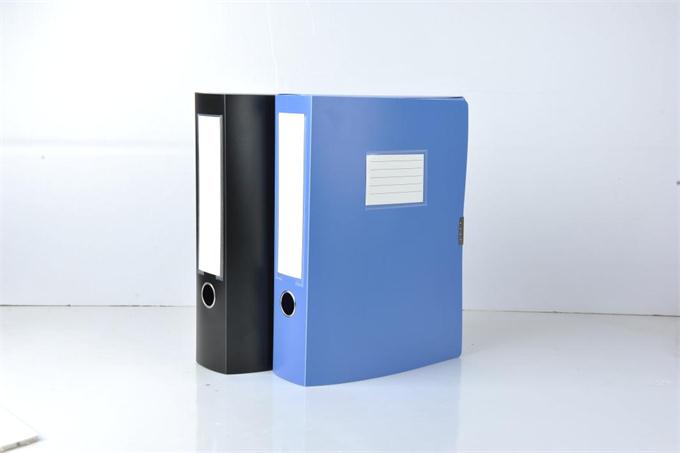Correct selection of measuring instruments to improve printing quality
The quality of color image reproduction largely depends on two key factors: tonal gradation and color accuracy. Tonal gradation refers to the range of lightness and darkness in an image, as well as how density values are distributed across that range. However, it's important to distinguish between "tone" and "gradation." Tone refers to the overall contrast between light and dark areas, often represented as a series of layered steps. Each layer corresponds to a specific density level, from light to dark. The number of these layers directly affects how colors and textures appear on the printed output, making them the fundamental building blocks of tone.
Both tone and density are closely related to the physical properties of ink and paper, and they are essentially external expressions of density. In the process of color printing and reproduction, achieving accurate tonal gradation means effectively controlling and reproducing the density of the printed image.
Choosing the right measuring instrument is crucial for assessing ink density and dot gain, which significantly impacts print quality. One essential measurement is the solid density, which measures the reflectance of a solid ink patch on the printing material. Factors like ink pigment composition, binder absorption, ink film thickness, and the condition of the ink layer all influence this value. Once the ink is fixed, the solid density primarily reflects the thickness of the ink layer applied, offering an indirect but valuable way to evaluate print quality.
A densitometer measures solid density by emitting light through a colored filter onto the inked area. Part of the light is absorbed, while the rest is reflected back to the instrument’s sensor. The internal electronics compare the incoming and reflected light, calculating the density value—a unitless measurement. Although various densitometers exist with different designs, their core principle remains similar. Differences in construction can lead to slight variations in readings, but this doesn't mean one instrument is more accurate than another. In offset printing, there's no absolute standard for density; instead, acceptable ranges are used. As long as the measured density falls within this range, the print is considered acceptable.
Dot gain, or the increase in dot size during the printing process, is another critical factor. It’s calculated by comparing the dot area on the original film to the actual printed dots. A densitometer can help determine this by first measuring the on-site density, then analyzing the dot coverage. This information is processed internally and displayed on the device’s screen, allowing for the calculation of dot gain. To ensure accuracy, it's essential to calibrate the densitometer on white paper before use and to place the printed material flat against the sensor, ensuring full contact and minimizing errors.
File box is generally used to hold a variety of files, large capacity, can hold a lot of information.Our company produces the file box material is PP, the size is generally A4.File boxes are usually self-supporting, with Velcro closure and elastic closure.PP file box protects data from dust and can be stored for 5 years or more.Suitable for libraries, archives, schools and other needs to store a large number of information units

Portable File Box,File Box,File Folder Box,Plastic File Box
shaoxing chaofeng stationery manufacturing CO.,LTD. , https://www.chaofengstationery.com